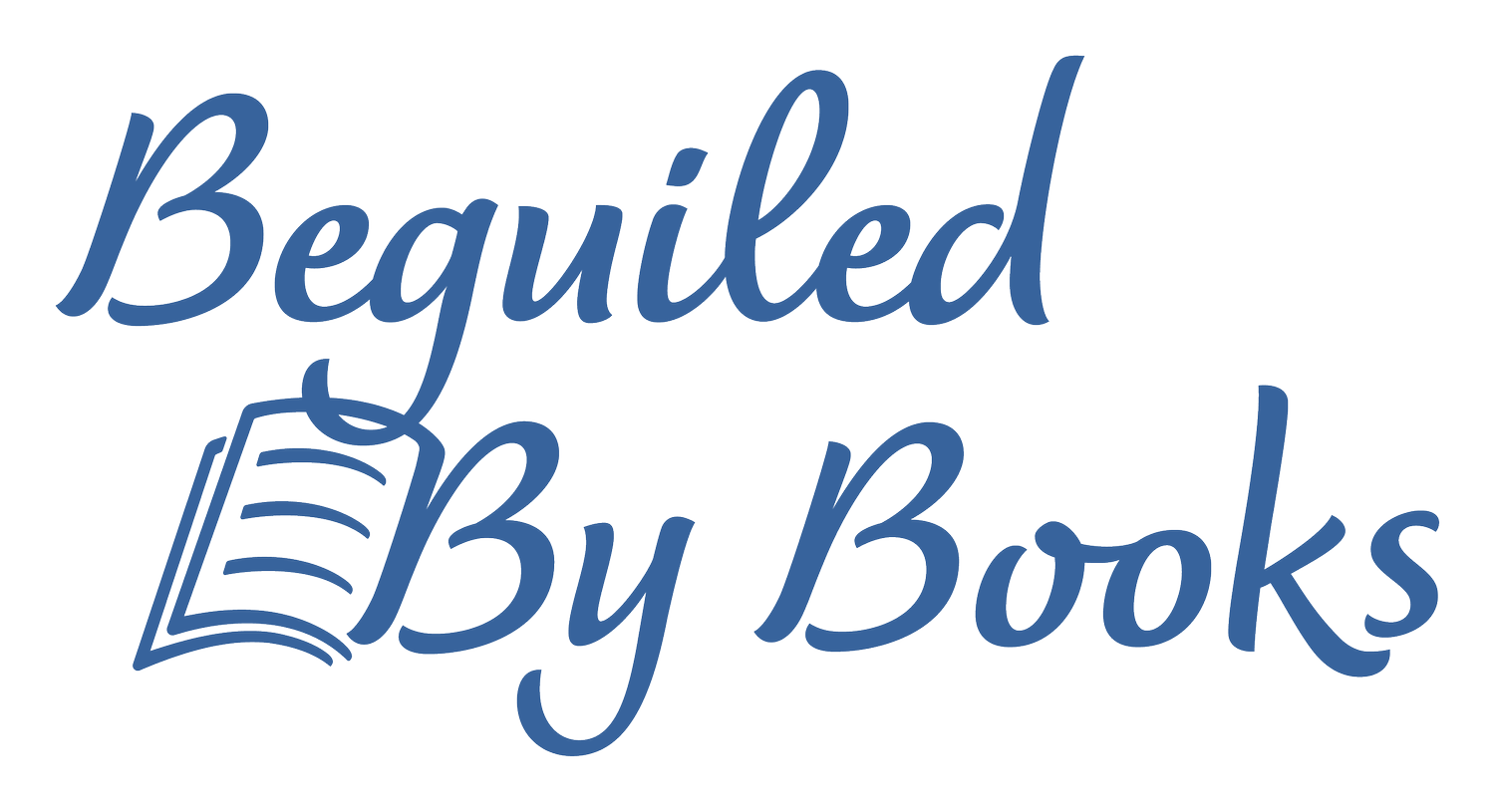The Science of Productivity: How to Get More Done in Less Time
The Psychology of Productivity
In today’s fast-paced world, productivity is more than just getting things done—it’s about working smarter, not harder. The key to achieving more in less time lies in understanding the science behind productivity. By leveraging cognitive psychology, behavioral economics, and neuroscience, you can optimize your workflow, enhance focus, and maximize efficiency.
This guide will explore evidence-based techniques for boosting productivity, overcoming procrastination, and designing routines that support high performance.
1. Understanding Cognitive Load
Your brain has a limited capacity for processing information. Reduce cognitive overload by:
Prioritizing tasks
Breaking complex projects into smaller steps
Using external tools like checklists and planners
2. The Zeigarnik Effect: Why Unfinished Tasks Drain Your Focus
Unfinished tasks create mental tension. Combat this by:
Using the "two-minute rule" to quickly complete small tasks
Writing down pending tasks to clear mental space
Breaking projects into manageable milestones
3. Decision Fatigue and Productivity
The more decisions you make, the lower your ability to focus. Optimize decision-making by:
Automating routine choices (e.g., meal prepping, outfit selection)
Establishing habits that remove unnecessary decisions
Planning your day the night before
Proven Techniques to Boost Efficiency
1. The Pomodoro Technique
Work in focused 25-minute intervals, followed by a 5-minute break
Enhances concentration and prevents burnout
2. Time Blocking for Deep Work
Dedicate set periods for undisturbed work
Reduce distractions and maximize efficiency
3. The 80/20 Rule (Pareto Principle)
Identify the 20% of tasks that generate 80% of results
Focus energy on high-impact activities
4. Task Batching
Group similar tasks (e.g., emails, meetings) to reduce context-switching
The Neuroscience of Focus
1. The Role of Dopamine in Motivation
Dopamine drives motivation and goal-seeking behavior
Small rewards and progress tracking can boost dopamine levels
2. Minimizing Distractions
Use noise-canceling headphones
Turn off unnecessary notifications
Set boundaries for work time
3. Flow State: The Ultimate Productivity Hack
Achieve flow by setting clear goals and maintaining deep concentration
Eliminate interruptions to stay in the zone
Overcoming Procrastination
1. Understanding the Procrastination Cycle
Fear of failure and perfectionism often lead to avoidance
2. The 5-Second Rule
Count down from five and take immediate action
3. Implementation Intentions
Create "if-then" plans (e.g., "If I finish work early, I will review my goals")
Designing a High-Performance Routine
Morning Routines for Peak Performance
Hydrate, exercise, and engage in mindfulness practices
Plan the day’s key priorities
Midday Productivity Boosters
Take movement breaks
Eat energy-sustaining meals
Evening Wind-Down Routines
Reflect on the day
Set goals for tomorrow
Disconnect from screens before bed
Productivity is a skill that can be learned and refined. By leveraging scientific principles, optimizing focus, and structuring your day effectively, you can accomplish more with less stress. Implement these strategies today and take control of your time and energy!
For a deep dive into how to shortcut your wait to success, join The Growth Library: A Book-Based Blueprint to Wisdom & Well-Being.
